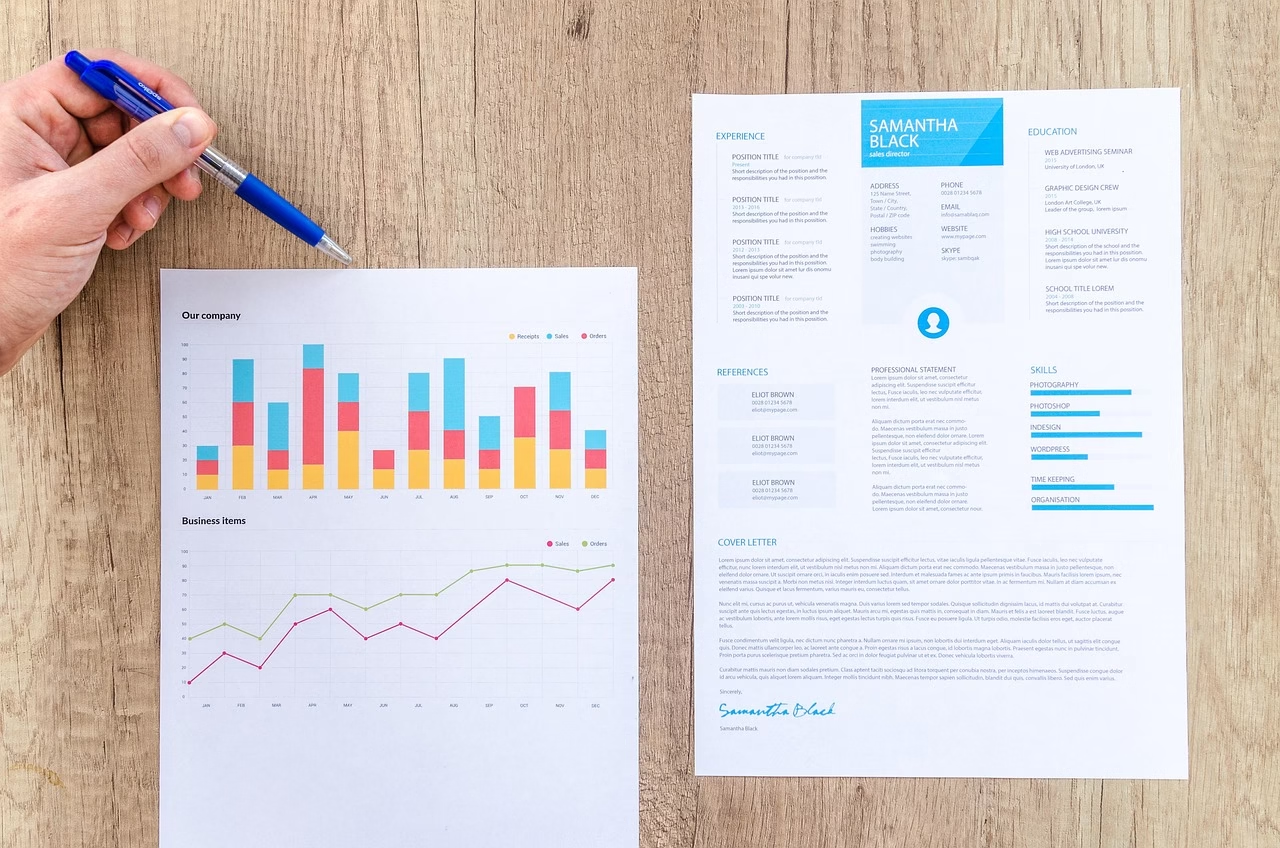Bitcoin Treasury Strategies: How Public Companies Are Integrating Cryptocurrency into Their Financial Reserves
For years, Wall Street shrugged off Bitcoin as a fleeting curiosity. Today, the world’s sharpest CFOs are flipping the narrative—transforming Bitcoin from speculative asset into a high-voltage instrument for treasury optimization. As financial inflation whispers uncertainty and global debt balloons, forward-thinking companies now leverage Bitcoin not just as a hedge, but as a strategic pillar. The result? A rapidly changing corporate treasury landscape that’s as data-driven as it is daring.
The Inflection Point: Why Blue Chips Are Eyeing Bitcoin
The old playbook was simple: keep excess cash in USD, maybe sprinkle in some short-term bonds. But 2020 marked a turning point. Inflation surged, real yields collapsed, and currency devaluation stopped being hypothetical. Enter Bitcoin—a digitally scarce asset with transparent issuance and a record of outperforming every legacy alternative since its inception.
“Allocating even 1–5% of treasury reserves into Bitcoin can fundamentally enhance risk-adjusted returns, while providing insurance against fiat decay.”
The math is striking. MicroStrategy was the pioneer—in August 2020, it transferred $250 million of cash reserves to Bitcoin. Returns since? A jaw-dropping outperformance versus both the S&P 500 and gold, despite price volatility. This strategic decision ballooned their treasury gains and rewrote the rules for publicly listed treasuries worldwide.
Integrated Strategies: How It’s Actually Done
Don’t be fooled—this isn’t a Wild West gamble. The companies leading this shift are applying Wall Street rigor and risk management to digital assets:
- Treasury Allocation Committees: New governance standards, with cross-functional teams analyzing macro trends, liquidity needs, and compliance. Bitcoin is never simply “bought and forgotten.” Allocation increases and rebalancing are executed according to evolving treasury mandates.
- Direct Acquisition, Not Proxy ETFs: For maximum control and custody, leading firms favor direct spot Bitcoin acquisition, favoring the transparency and security of self-custody over exposure via derivatives or ETFs.
- Dynamic Hedging: Sophisticated players use futures and options to mitigate short-term downside risk, especially around earnings and major announcements. This creates an asymmetric return profile—retaining Bitcoin’s explosive upside without being hostage to its volatility.
- Staggered Entrances: Rather than lump sum purchases, most use dollar-cost averaging—buying in tranches over months, smoothing out price swings and maximizing risk-adjusted entry points.
Catalysts and Setbacks: Insights from the Frontlines
Let’s separate signal from noise. Tesla’s $1.5B allocation made headlines in 2021, but the bigger signal is silent: hidden in earnings reports, a fast-growing number of tech, biotech, and holding companies are quietly accumulating Bitcoin. Over 80 public firms now hold BTC—an aggregate stockpile exceeding 350,000 coins, up 2.5x since 2021. Geography matters: US companies lead, but we’re seeing a rising wave from Canada, Germany, and even Latin America.
The biggest friction? Accounting treatment. Under current US GAAP rules, Bitcoin is classified as an “indefinite-lived intangible asset.” Downward price moves hit earnings with impairments, but upside does not bolster booked profits unless coins are sold. There’s fierce lobbying to modernize these rules—accounting conventions are out-of-sync with Bitcoin’s true economic function.
Foresight: Why This Trend Is Just Beginning
Here’s where sharp investors should focus. With record US deficits, mounting currency fragility, and more regulatory clarity around crypto custody, the adoption of Bitcoin as a reserve asset is not a flash in the pan—it’s a multi-year structural shift. By my analysis, even a 2% allocation among S&P 500 companies would catalyze Bitcoin demand far beyond available supply, amplifying its reflexive price dynamics and raising the bar for every corporate treasury.
If you’re running treasury ops, or watching these moves from the sidelines, don’t fixate on daily price swings. Focus on the megatrend: public company adoption is slow, yes—but deeply sticky. Once entered, Bitcoin positions are rarely exited, forming a new institutional “base layer” for the digital asset economy.
“The great capital rotation of the 2020s will be distinguished not just by ‘what’ assets are held, but by ‘why’. Bitcoin, once dismissed, now stands as a cornerstone for those optimizing risk, return, and strategic resilience.”
In finance, timing is everything—but conviction and clarity matter even more. If the past is any guide, the innovators leading today’s Bitcoin treasury movement will be the headline-makers of tomorrow. Stay sharp, stay informed.





